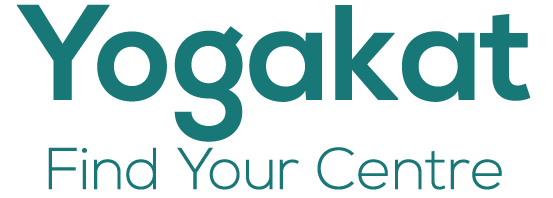
As a yoga teacher and energy worker specializing in scoliosis, I often work with people who are dealing with multiple levels of challenges. Whether they are consciously aware of it or not, trauma is often a root cause of many of their issues.
What is trauma?
Trauma is specifically an event that overwhelms the central nervous system, altering the way we process and recall memories. “Trauma is not the story of something that happened back then,” he adds. “It’s the current imprint of that pain, horror, and fear living inside people.” Bessel van Der Kolk.
This imprint that lives inside people, can take physical form, creating a scoliosis pattern.
There are many types of trauma that are connected with scoliosis.
Some people experienced challenges before they were born or during the delivery process and the result was a scoliosis pattern.
For those who were diagnosed with scoliosis at a young age and especially those who wore a brace, there can be body image and self-esteem issues.
Those who undergo surgery or whose scoliosis was the result of an accident have the experience of physical trauma.
Many people report a lack of empathy and understanding by health practitioners whilst undergoing assessments. Some young girls had to stand in cold hospital rooms in just a dressing gown while teams of doctors looked at their body and evaluated it.
I’ve worked with people who were taught to wear clothes that hid their curve pattern, never talk about it and be ashamed of their bodies.
One of my students was called a hunchback in front of the entire class by one of her university professors.
The negative psychological impacts of these types of experiences are very real and can be lasting.
Many people with scoliosis feel isolated, alone and unsupported.
For all of these reasons and more, a trauma informed approach is important when teaching yoga to people with scoliosis. While there are many variations of a trauma informed approach; some key factors include:
- invitational language as in, “if you’d like to..”
- language of inquiry “notice your breath in this position”
- using language that names physical body parts
- breathing practices that calm the nervous system
- setting up the room in certain ways to be comfortable for the students.
- allowing people to go at their own pace “When you’re ready…”
- promoting rest as part of the practice and an option at any point.
- Cultivating the ability to look inwards and understand the body’s cues aka interoception.
- Options so the student can choose what version of a pose works best for them.
- Creating an atmosphere that is supportive and egalitarian, not goal-oriented.
This approach is aimed at creating space for students to practice self-awareness and self-regulation.
In some cases this means practising along with the students and the teacher stays on their mat.
Options to explore are presented as equal: i.e. no one version of a pose is “better“ than another.
Three core tenets of the approach are:
1. You have a body: cultivating self-awareness and interoception
2. Befriend your body: practising with kindness and curiosity
3. Your body is a resource: use techniques such as simple pranayama and learn how specific practices may be beneficial.
Unlike Western models of health and healing, yoga is non-pathological. This means that yoga looks at the whole person rather than addressing one thing that happened to them. Practices are designed with multiple factors in mind including age, time of day, injuries etc. And with the understanding that what’s nourishing to one person may be distasteful or even harmful to another.
This is one reason why the trauma informed practice is focused on supporting people to learn how to comfortably inhabit their bodies and deepen their understanding of how their body speaks to them. Cultivating this relationship can be very challenging for people with scoliosis who are often in pain and have trouble finding a position to be in that is comfortable.
With the growing body of research in neuroscience and yoga, there are more trials showing the benefits of a comprehensive yoga practice in reducing anxiety, depression, pain and other lingering effects of trauma. I recently attended an online conference on this subject that was quite inspiring as it showed that people who practice yoga get better results from trauma therapy.
If you would like to explore a trauma-informed approach to yoga and scoliosis, book your complimentary 30 minute meet and greet call here: https://yogakat.ca/schedule-an-appointment/
To connect with a group of women dealing with similiar issues, join my free private Facebook group here.
